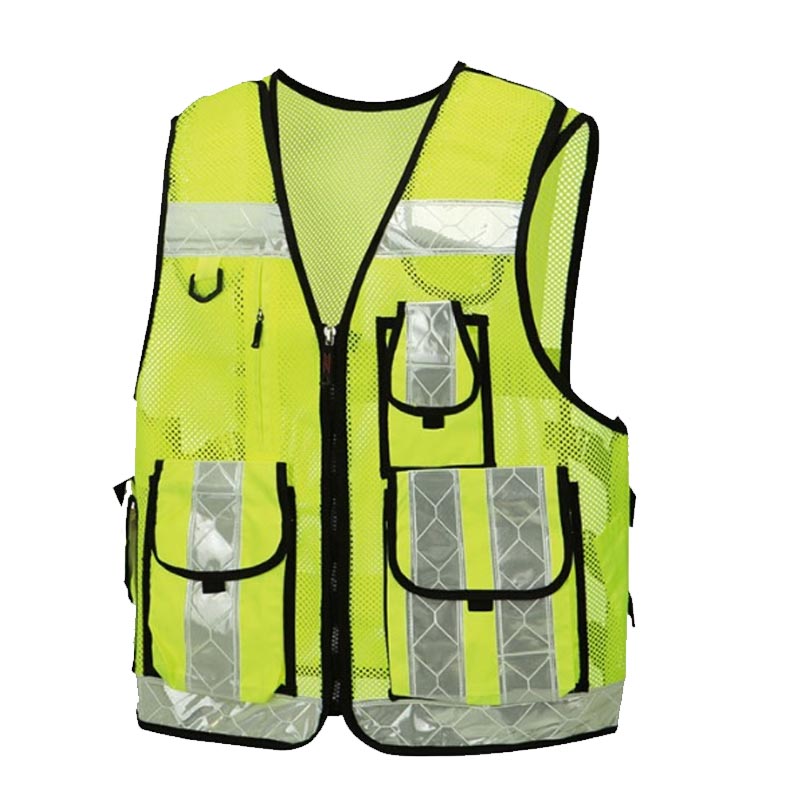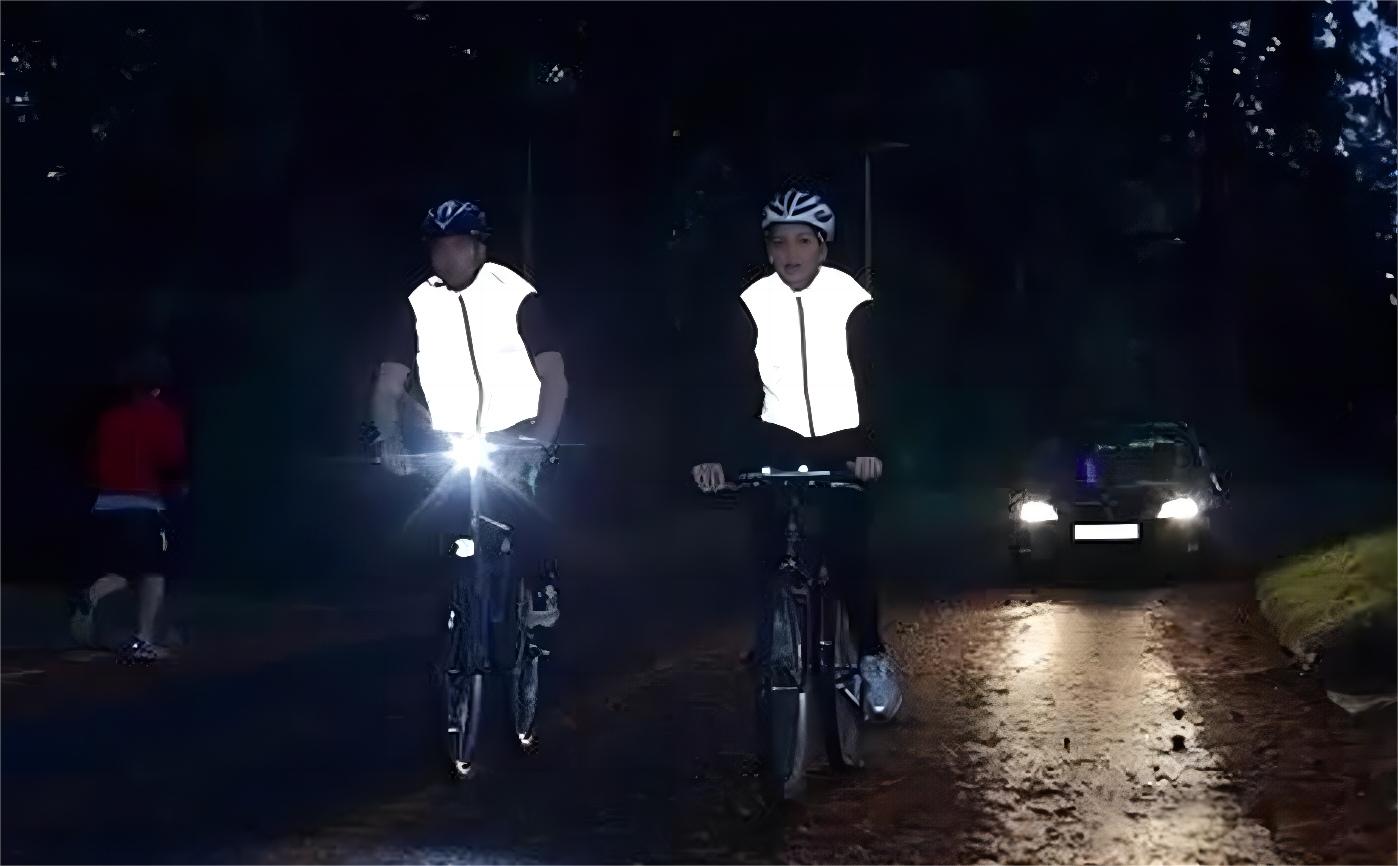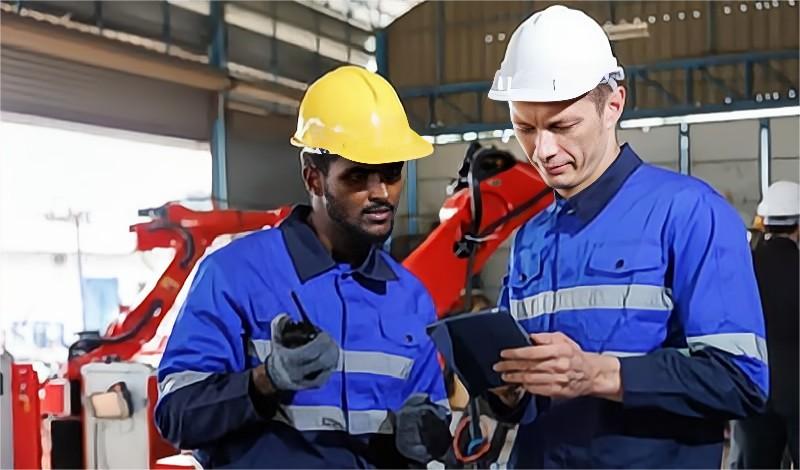High-visibility safety vests are a crucial part of personal protective equipment (PPE) for workers who are exposed to traffic or work in low-light conditions. These vests are designed to make workers more visible to passing motorists and reduce the risk of accidents and injuries on the job. In the United States, the American National Standards Institute (ANSI) and the International Safety Equipment Association (ISEA) have established standards for high-visibility safety apparel, including Class 2 and Class 3 safety vests.
In this blog, we will discuss the differences between Class 2 and Class 3 safety vests, their applications, and the ANSI/ISEA standards that govern their design and performance.
ANSI/ISEA Standards for High-Visibility Safety Apparel
The ANSI/ISEA standards provide guidelines for the design and performance of high-visibility safety apparel, including vests, jackets, and other garments. The standards are designed to enhance worker visibility in a range of work environments, including roadway construction, utility work, emergency response, and railroad work.
The ANSI/ISEA standards classify high-visibility safety apparel into three classes based on the amount of visible background material and reflective material on the garment. Class 1 apparel is designed for workers who are not exposed to traffic and who work in low-risk environments. Class 2 and Class 3 apparel are designed for workers who are exposed to traffic traveling at speeds of 25 mph or higher and who work in low-light or poor visibility conditions.
Class 2 Safety Vests
A Class 2 safety vest is designed for workers who need greater visibility than Class 1 apparel provides. Class 2 safety vests are required for workers in industries such as construction, utility, and surveying. They are designed with a minimum of 201 square inches of retroreflective material and a minimum of 450 square inches of high-visibility background material. They also feature reflective strips on the torso and shoulders to enhance visibility from all angles.
Class 2 safety vests are typically worn by workers who perform tasks such as roadway construction, utility work, airport baggage handling, and railroad work. They are intended to make workers more visible to passing motorists and reduce the risk of accidents and injuries on the job.
Class 3 Safety Vests
A Class 3 safety vest provides the highest level of visibility and is designed for workers who need to be seen in the most hazardous work environments. Class 3 safety vests are required for workers who are exposed to high-speed traffic, poor visibility, and complex backgrounds. They are designed with a minimum of 310 square inches of retroreflective material and a minimum of 1,240 square inches of high-visibility background material. They also feature reflective strips on the torso, shoulders, and sleeves to enhance visibility from all angles.
Class 3 safety vests are typically worn by workers who perform tasks such as roadway construction, utility work, emergency response, and railroad work. They are intended to make workers more visible to passing motorists and reduce the risk of accidents and injuries on the job.
Differences between Class 2 and Class 3 Safety Vests
The key differences between Class 2 and Class 3 safety vests are the amount of visible background material and retroreflective material required and the placement of reflective strips on the garment.
Class 2 safety vests are designed with a minimum of 201 square inches of retroreflective material and a minimum of 450 square inches of high-visibility background material. They feature reflective strips on the torso and shoulders to enhance visibility from all angles.
Class 3 safety vests are designed with a minimum of 310 square inches of retroreflective material and a minimum of 1,240 square inches of high-visibility background material. They feature reflective strips on the torso, shoulders, and sleeves to enhance visibility from all angles.
The additional visible background material and retroreflective material on Class 3 safety vests make them more visible than Class 2 safety vests in complex work environments, such as those with high-speed traffic or poor visibility.
Applications of Class 2 and Class 3 Safety Vests
Class 2 and Class 3 safety vests are designed for workers who are exposed to traffic or work in low-light or poor visibility conditions. The specific applications for each type of safety vest vary depending on the work environment and the level of risk.
Class 2 safety vests are typically worn by workers who perform tasks such as roadway construction, utility work, airport baggage handling, and railroad work. They are intended to make workers more visible to passing motorists and reduce the risk of accidents and injuries on the job.
Class 3 safety vests are designed for workers who need to be seen in the most hazardous work environments, including roadway construction, emergency response, and railroad work. They are intended to make workers more visible to passing motorists and reduce the risk of accidents and injuries on the job.
Other Considerations
In addition to the ANSI/ISEA standards, there are other factors to consider when selecting a safety vest. These may include the type of work being performed, the level of risk, and the personal preferences of the wearer. For example, some workers may prefer safety vests with pockets for storing tools or equipment, while others may prefer vests with adjustable features for a more comfortable fit.
It’s also important to ensure that the safety vest is properly sized and fits well. A poorly fitting safety vest can be uncomfortable to wear and may not provide the necessary level of visibility and protection. Workers should be measured carefully to ensure that they receive the correct size and fit for their safety vest.
Conclusion
In conclusion, high-visibility safety vests are an essential component of PPE for workers who are exposed to traffic or work in low-light conditions. Class 2 and Class 3 safety vests are designed for workers who need greater visibility than Class 1 apparel provides. While Class 2 safety vests are suitable for most low to moderate-risk environments, Class 3 safety vests are required for workers who are exposed to high-speed traffic, poor visibility, and complex backgrounds. By following the ANSI/ISEA standards for high-visibility safety apparel, workers can be sure that they are wearing garments that provide the necessary level of visibility and protection for their job.




